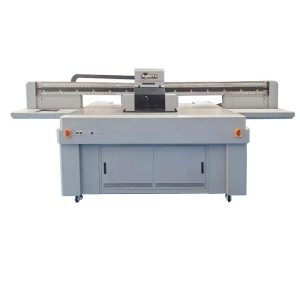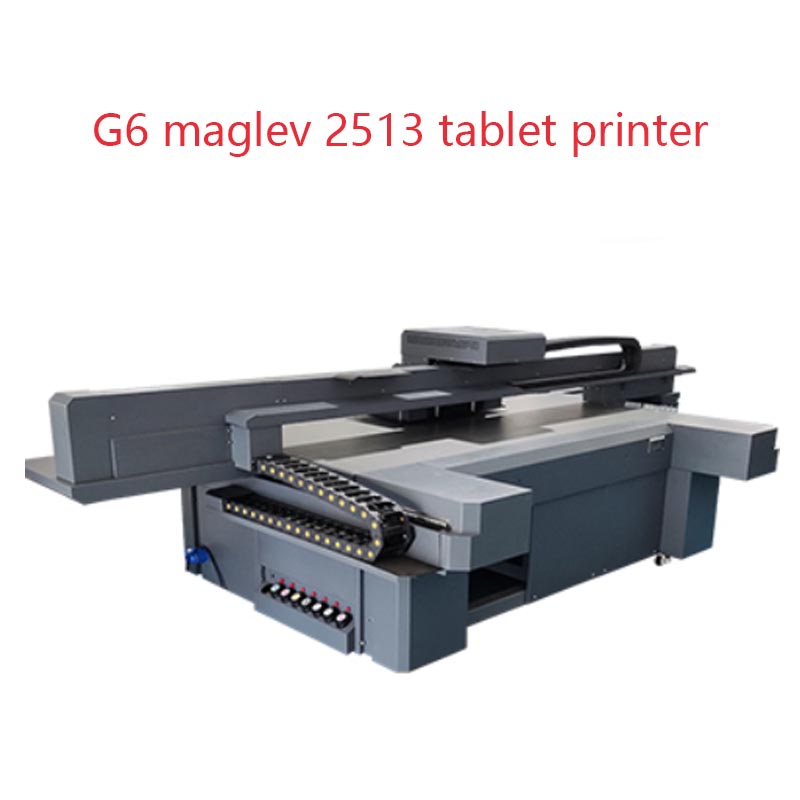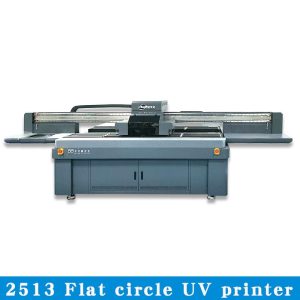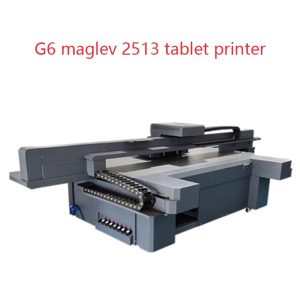UV printers,background wall printers,high-speed UV flatbed printers
UV flatbed printers are the most popular digital printing equipment in recent years, mainly because they have the function of printing relief, which can meet the needs of fast delivery. In addition, an important pillar of UV flatbed printers for printing perfect color patterns is the color management system in UV flatbed printers.
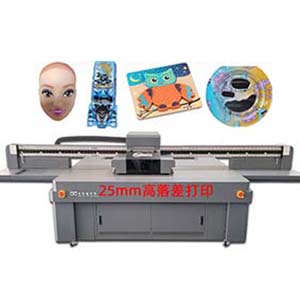
At present, most UV printers on the market are designed with multiple printing modes for customers to choose from, which can cope with various printing situations. But the printing effect may not be satisfactory, and the colors lack layering and luster. Why?
What should be noted during the printing operation of a UV flatbed printer to avoid this situation? We need to know why UV printers can choose multiple printing modes, printing multiple colors at once, without the need for traditional color matching in printing. That’s because currently, UV flatbed inkjet printers on the market use multi-color control technology, so most can control 8 colors with a wide color gamut. Multi color control technology can adjust 1-9 color changes for each color based on depth by controlling the concentration of ink droplets. Therefore, it can fully cope with various color printing, printing white and gloss, making the colors bright and higher, expressive and layered. Friends who have used UV printers must have encountered such situations. The color of the pattern displayed on the screen is very different from the printed pattern. Especially in some spot colors, the difference is even greater.
One of the reasons for the large color difference in the actual pattern of UV printers is the accuracy of the equipment itself.
Although the printing accuracy is the same as the two different types of nozzles on PASS, the actual printing effect is different. For example, nozzles with a larger diameter have larger ink droplets, so the pattern is not as delicate as small nozzles.
The second reason for the large color difference in the actual pattern of UV printers is ink problems.
The ink produced by different manufacturers has different pigment compositions and proportions, which also leads to different patterns in UV printing. Therefore, when using UV printers, it is best for users to use ink specified by the manufacturer to avoid using inferior ink that may cause blockages in the ink path and nozzle.
The third reason for the large color difference in the actual pattern of UV printers is a problem with the printing software.
Pirated software cannot accurately restore color codes 100% and then send them to the print head through data, which is also a factor that leads to significant color differences in actual patterns. However, a color management system is not easy to operate and must follow a series of prescribed processes to achieve the expected color effect.
This requires us to have a good understanding of the core elements of a color management system: equipment calibration, characterization, and color conversion.
1. Equipment calibration. In order to ensure the stability, reliability, and sustainability of color information transmission, it is necessary to calibrate input devices, display devices, and output devices to ensure they achieve optimal working conditions.
2. Input correction: It is the correction of the brightness, contrast, and black and white field (RGB balance) of the input device. For example, no matter when scanning, the corrected scanner should obtain the same image data as the original manuscript.
3. Display calibration: Display color data of image data and accurately display colors on the display.
4. Output correction: The correction of a typesetter is based on the correct image of the display; The calibration of printing machines and proofing machines must ensure that the printing materials used in the equipment, such as paper and ink, meet the standards.
5. Equipment characteristics. As mentioned above, one of the cores of color management is to establish device files, which serve as a standard and serve as a bridge between two color spaces (PCs). Simply put, a color management system transfers data files to the color space of the feature files based on the feature files of the input devices, and then transfers the color information of the data files to the color space of the output devices (monitors, proofing machines) based on the feature files of the output devices, ensuring the consistency of color restoration in the workflow.
6. Color conversion. The third core of color management is the Color Conversion Module (CMM), which is used to interpret device feature files and convert color data from different devices based on the device colors described in the feature files. A basic principle of color conversion is that the same color remains the same on different devices. To achieve this goal, it is necessary to have a device independent color system to measure the colors on each device, and any device related color space can be represented in this color space. If different colors related to the device can all correspond to the same point in the color space unrelated to the device, then the conversion between them must be accurate. When converting colors, the color data is first converted to PCS color values through the device configuration file, and then converted to color values of other devices as needed. According to the color changing principle mentioned above, if you want to achieve good printing results, you must strictly control the ink used in UV printers. If the ink does not meet the standard and the water content is too high, the ink is prone to dizziness, and the ink droplets are difficult to control. You will not be able to control the color depth correctly, so the color depth will mix together, resulting in a lack of layering in the printing effect and insufficient color glossiness. In addition, the air humidity in the working environment should be kept moderate, as UV flatbed inkjet printers are very sensitive to water both before and after printing. If the air humidity is too humid, the printed material will be dampened, resulting in unsatisfactory printing results. Therefore, it is necessary to maintain moderate air humidity, which can compensate for the loss of moisture in the ink due to heating, and also ensure that the printing material is not damp, so that the printing work can proceed smoothly.
The printing color mode of UV printers is CMYK mode, which is a common printing mode.
There is a big difference between RGB and RGB: RGB mode is a glowing color mode, and the content on the screen can still be seen in dark rooms. CMYK is a color pattern that relies on reflection. How do we read the content of newspapers? It is sunlight or light shining on newspapers and then reflecting back into our eyes to see the content. It requires an external light source. If you are in a dark room, you cannot read newspapers.
As long as the image displayed on the screen is in RGB mode. As long as the image is seen on the printed material, it is represented in CMYK mode. For example, journals, magazines, newspapers, posters, etc. All are printed, so it is in CMYK mode. Similar to RGB, CMY is the first letter of three printing inks: cyan, magenta, and yellow. K takes the last letter in black, and the reason for not taking the first letter is to avoid confusion with blue. In theory, only three types of CMY ink are sufficient, and when these three are combined, they should turn black. However, due to the current manufacturing process being unable to produce high-purity ink, the result of CMY addition is actually a dark red color. Therefore, special black ink needs to be added to blend.
The reason for the light color of UV printers,
1. The ink level in the printing settings is too low.
Usually, the image control software of UV flatbed printers has different ink output controls such as 40%, 60%, 80%, and 100%. If the operator lacks experience, they will use 80% of the original 100% ink to print, resulting in a faint output image. The solution is to increase ink.
2. The pass rate of printing is too low, and the color and accuracy of the pattern printed in different passes are different. Usually,
Qualcomm is used to print on objects with smaller materials, which can make the pattern clear and colorful. If it is a large format printing, lower passes can be selected for printing, which requires technical personnel to set passes for different materials based on actual experience.
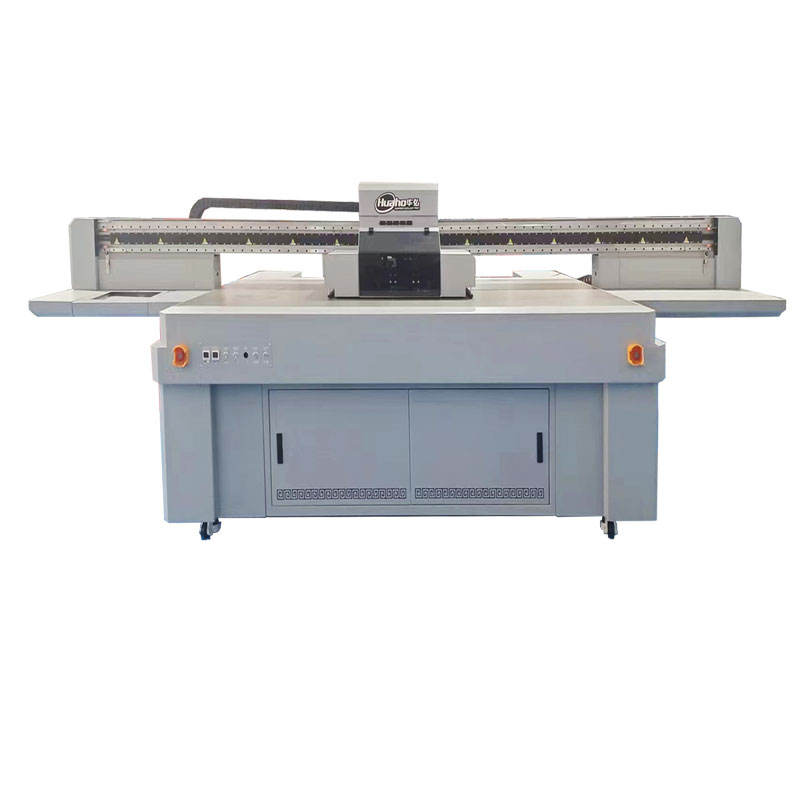
3. The influence of materials on the transparency,
glossiness, smoothness and other characteristics of the substrate itself will affect the final printing effect, producing some light and some deep images. In addition to visual errors with the naked eye, some materials have an adsorption effect on ink, while others have a dissolution effect on ink. For example, when printing patterns on regular fabrics, a tablet printer only requires 60% ink, and a little more will cause the image to be darker.
